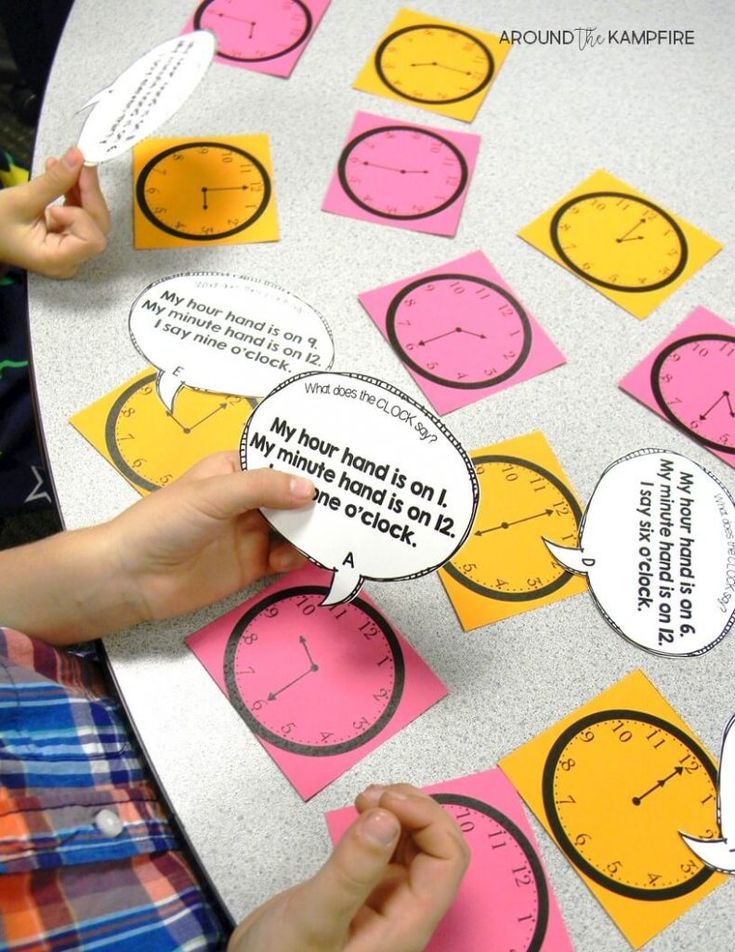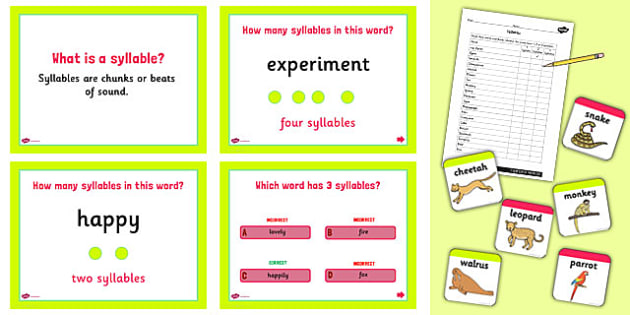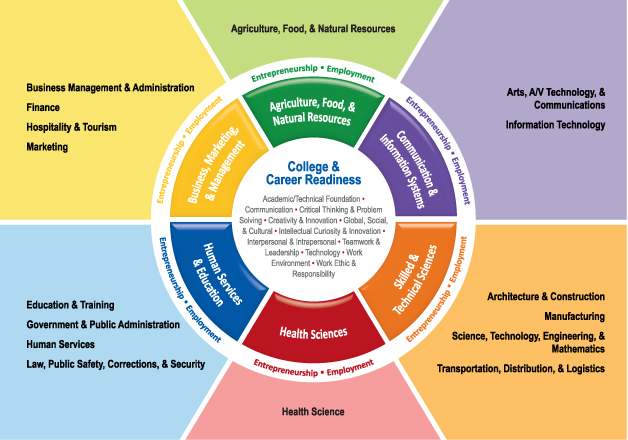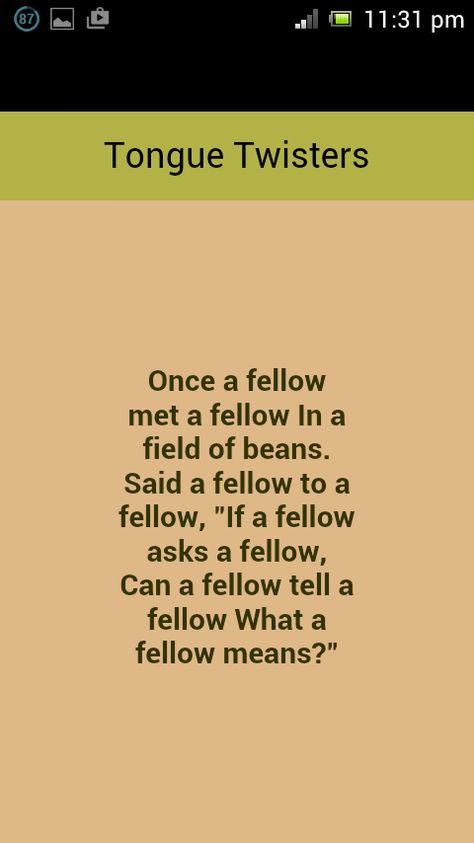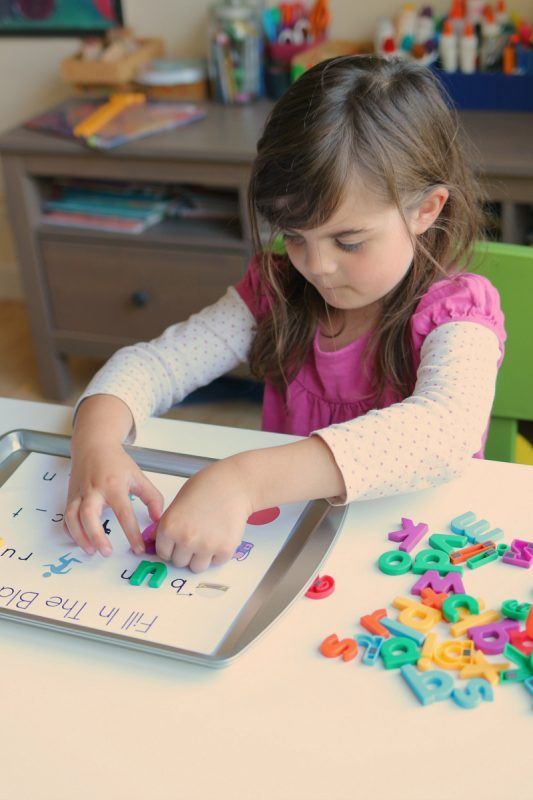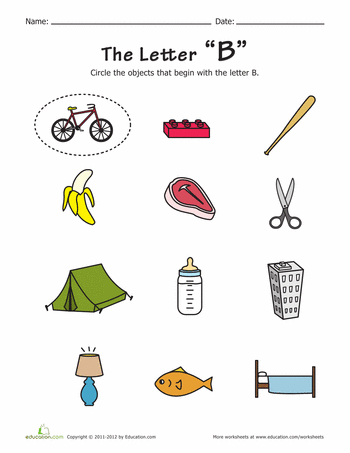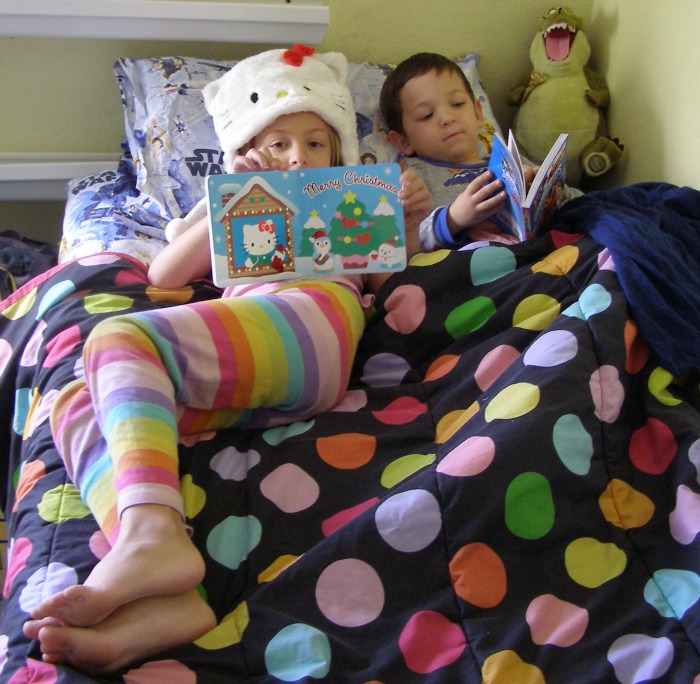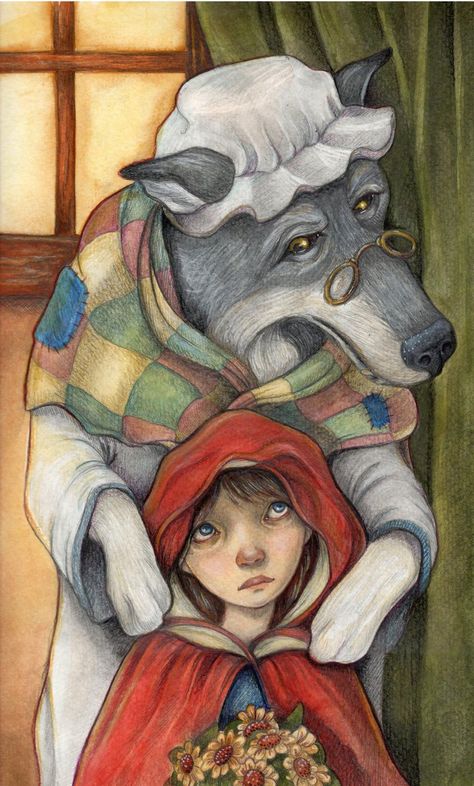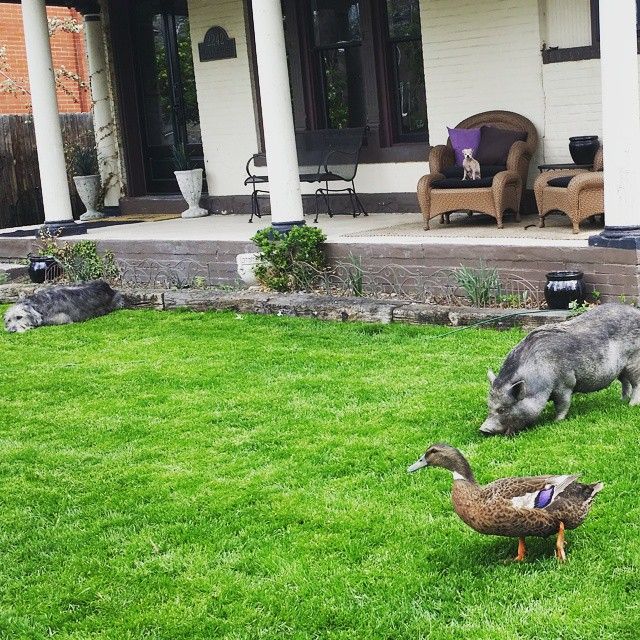What is basic sight words
Top 100 Sight Words and How to Teach Them
Sight words is a common term in reading that has a variety of meanings. When it is applied to early reading instruction, it typically refers to the set of about 100 words that keeps reappearing on almost any page of text. “Who, the, he, were, does, their, me, be” are a few examples.
In addition to their being very frequent, many of these words cannot be “sounded out.” Children are expected to learn them by sight (that is, by looking at them and recognizing them, without any attempt to sound them out.)
Unfortunately, this means minimal teaching. Often, little is done other than to show the word and tell the child what it is “saying.” For many children, this is not enough, with the result that their reading of these critical words is laden with error.
What does this mean for parents who are helping their children master reading? Basically it means spending some time in truly teaching these words so that your child gains real mastery of them. The key to achieving this goal is accurate writing (spelling)—via memory. That is, the child writes the word when the model is not in view.
You can do this by creating simple sentences that the child reads. (By using sentences, you will automatically be using many “sight words.” In addition, you will be giving your child the opportunity to deal with words in context—a key to meaningful reading) After showing the sentence and having your child read it, turn it over and then dictate the sentence. If there is an error, you immediately stop your child and take away the paper. Then you show the model again and repeat the process. In other words, the writing of the sentence has to be fully accurate, starting with the first word.
If you want a list of those words to help guide your efforts, here is the top 100 according to the American Heritage Word Frequency Book by John B. Carroll.
A: a, an, at, are, as, at, and, all, about, after
B: be, by, but, been
C: can, could, called
D: did, down, do
E: each
F: from, first, find, for
H: he, his, had, how, has, her, have, him
I: in, I, if, into, is, it, its
J: just
K: know
L: like, long, little
M: my, made, may, make, more, many, most,
N: not, no, now
O: or, one, of, out, other, over, only, on
P: people
S: said, she, some, so, see
T: the, to, they, this, there, them, then, these, two, time, than, that, their
U: up, use
V: very
W: was, with, what, were, when, we, which, will, would, words, where, water, who, way
Y: you, your
Click here to download our Recommended Top 100 Sight Words.
Literacy and reading expert, Dr. Marion Blank
Dr. Marion Blank is answering your questions about reading and learning. If you have a question for Dr. Marion, visit the Reading Kingdom Facebook Page and let us know how we can help.
If you think the Reading Kingdom program can help your children learn to read, enjoy a free, 30-day trial here.
What Are Sight Words? Get the Definition Plus Teaching Resources
When you’re a new teacher, the number of buzzwords that you have to master seems overwhelming at times. You’ve probably heard about many concepts, but you may not be entirely sure what they are or how to use them in your classroom. For example, new teacher Katy B. asks, “This seems like a really basic question, but what are sight words, and where do I find them?” No worries, Katy. We have you covered!
What’s the difference between sight words and high-frequency words?
Oftentimes we use the terms sight words and high-frequency words interchangeably. Opinions differ, but our research shows that there is a difference. High-frequency words are words that are most commonly found in written language. Although some fit standard phonetic patterns, some do not. Sight words are a subset of high-frequency words that do not fit standard phonetic patterns and are therefore not easily decoded.
Opinions differ, but our research shows that there is a difference. High-frequency words are words that are most commonly found in written language. Although some fit standard phonetic patterns, some do not. Sight words are a subset of high-frequency words that do not fit standard phonetic patterns and are therefore not easily decoded.
ADVERTISEMENT
We use both types of words consistently in spoken and written language, and they also appear in books, including textbooks, and stories. Once students learn to quickly recognize these words, reading comes more easily.
What are sight words and how can I teach my students to memorize them?
Sight words are words like come, does, or who that do not follow the rules of spelling or the six types of syllables. Decoding these words can be very difficult for young learners. The common practice has been to teach students to memorize these words as a whole, by sight, so that they can recognize them immediately (within three seconds) and read them without having to use decoding skills.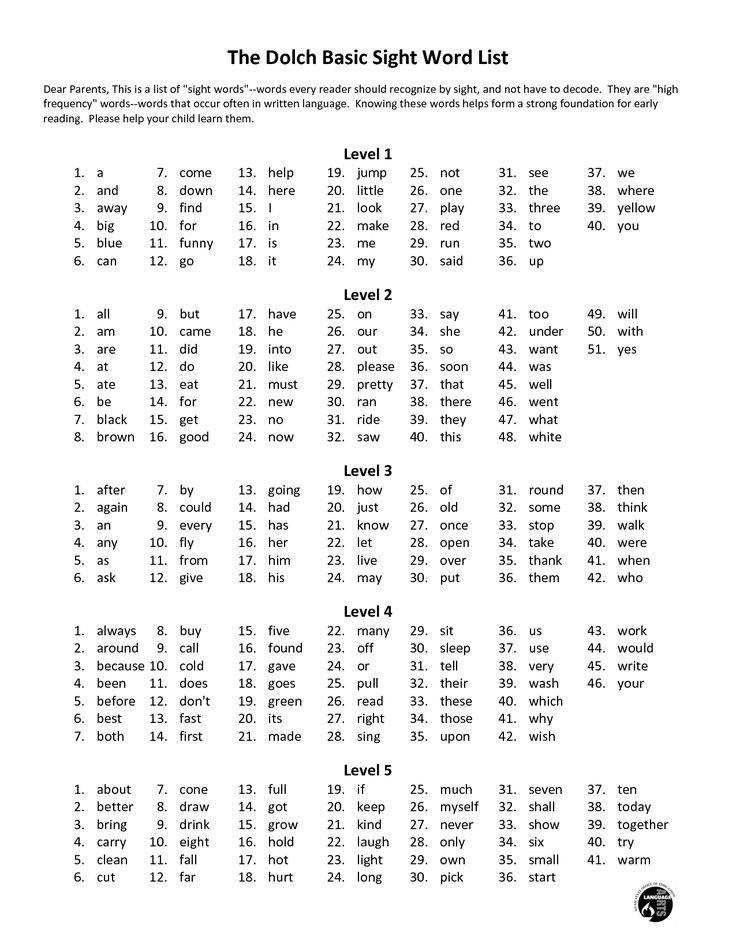
Can I teach sight words using the science of reading?
On the other hand, recent findings based on the science of reading suggests we can use strategies beyond rote memorization. According to the the science of reading, it is possible to sound out many sight words because they have recognizable patterns. Literacy specialist Susan Jones, a proponent of using the science of reading to teach sight words, recommends a method called phoneme-grapheme mapping where students first map out the sounds they hear in a word and then add graphemes (letters) they hear for each sound.
How else can I teach sight words?
There are many fun and engaging ways to teach sight words. Dozens of books on the subject have been published, including the much-revered Comprehensive Phonics, Spelling, and Word Study Guide by Fountas & Pinnell. Also, resources like games, manipulatives, and flash cards are readily available online and in stores. To help get you started, check out these Creative and Simple Sight Word Activities for the Classroom. Also, check out Susan Jones Teaching for three science-of-reading-based ideas and more.
Also, check out Susan Jones Teaching for three science-of-reading-based ideas and more.
Where do I find sight word lists?
Two of the most popular sources are the Dolch High Frequency Words list and the Fry High Frequency Words list.
During the 1930s and 1940s, Dr. Edward Dolch developed his word list, used for pre-K through third grade, by studying the most frequently occurring words in the children’s books of that era. The list has 200 “service words” and also 95 high-frequency nouns. The Dolch word list comprises 80 percent of the words you would find in a typical children’s book and 50 percent of the words found in writing for adults.
Dr. Edward Fry developed an expanded word list for grades 1–10 in the 1950s (updated in 1980), based on the most common words that appear in reading materials used in grades 3–9. The Fry list contains the most common 1,000 words in the English language. The Fry words include 90 percent of the words found in a typical book, newspaper, or website.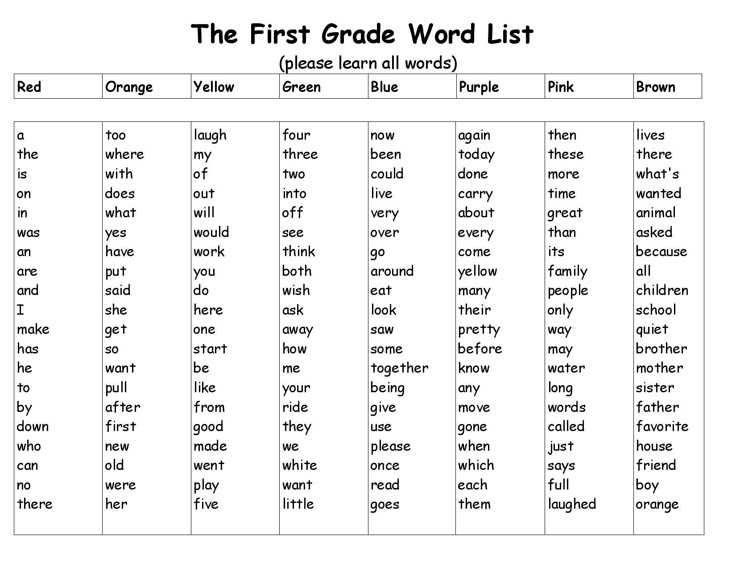
Looking for more sight word activities? Check out 20 Fun Phonics Activities and Games for Early Readers.
Want more articles like this? Be sure to sign up for our newsletters.
Meaning of words - collection of dictionaries on Glosum.ru
Meaning of words - collection of dictionaries on Glosum.ru- Main
- Contacts
- Add word
The page you requested may have been moved or removed. It is also possible that you a small typo when entering the address - this happens, so double-check carefully.
You can continue by going to the main page of
- All Time Popular
- Love
- Motherland
- Adore
- Nativity scene
- Friendship
- Man
- Beauty
- Hope
- Art
- Pantalik
- Bitch
- Paskuda
- World
- Beast
- Fool
- per month
- Member
- Kralya
- Rich
- Freak
- Bobyl
- Khalda
- At
- Justice
- hello
- Eat
- Sly
- Dress up
- Definition
- Man
- Language
- per week
- Shroud
- Careless
- Bogey
- Mazurik
- Colleague
- Morality
- Advocate
- Volunteer
- Information
- Bogatyr
- Furious
- Friend
- Organization
- Idol
- Legend
- per day
- Bastard
- One
- Holy fool
- Yar
- Debely
- History
- Pride
- Show
- Basurman
- Tat
- Romantic
- Not at all
- King
- Honor
- Opportunity
Important
- Policy privacy policy
- Custom Agreement
Our social services networks
- Telegram channel
- Telegram bot
© 2012–2022
V.
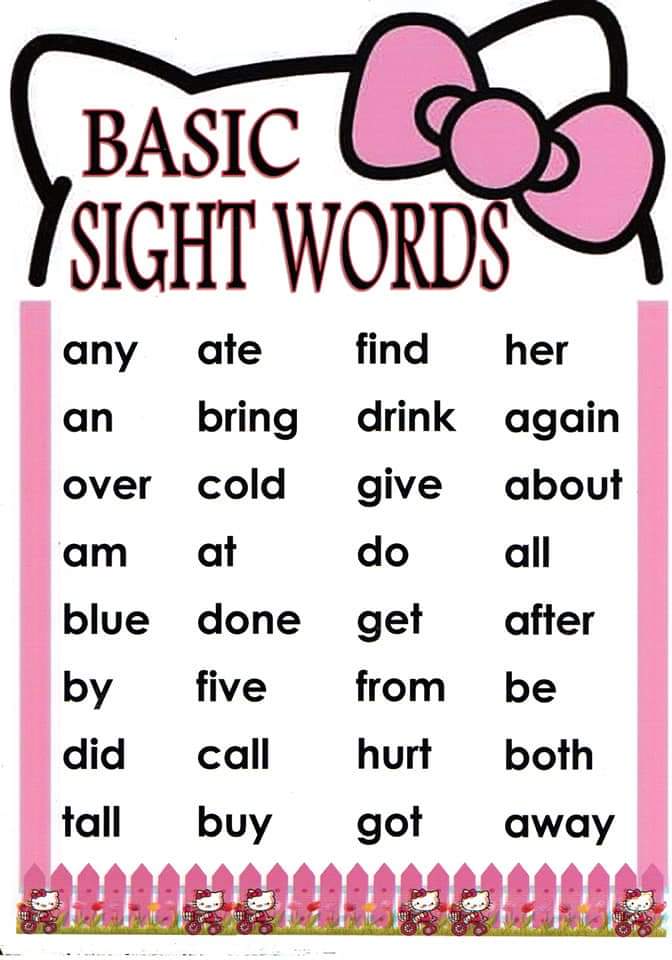 V. Vinogradov. The main types of LZ words. Table - V.V. Vinogradov MAIN TYPES OF LEXICAL
V. Vinogradov. The main types of LZ words. Table - V.V. Vinogradov MAIN TYPES OF LEXICAL V.V. Vinogradov
MAIN TYPES OF LEXICAL MEANINGS OF THE WORD
(Vinogradov V.V. Selected works. Lexicology and lexicography. - M.,
1977. - P. 162-189)
LZ type Examples and comments
V.V. Vinogradov to this type of LZ
Direct nominative meaning
These are meanings, as if directly
aimed at "objects", phenomena,
actions and qualities of reality
(including the inner life of a person)
and reflecting their social understanding.
Nominative meaning of the word - support and
socially conscious foundation of all
other meanings and uses.
The basic nominative meanings of words,
especially those that belong to the main vocabulary
, are very stable. These meanings can be called
free, although their freedom is
social-historical and subject-
logically conditioned. The functioning of these meanings
The functioning of these meanings
words is usually not limited and not connected
narrow frames of tight phraseological
combinations. However, in relation to
the main nominative meaning, all
other meanings of this kind in the word are
derivatives. This derivation of secondary
nominative meanings must not be confused with
metaphor and figurativeness.
Basically, the circle of use
of the nominative meaning of the word, the circle
of its connections corresponds to connections and
relations of objects themselves,
processes and phenomena of the real
world, for example: drinking water, kvass,
wine, tea, cider, grape juice and
etc.; stone house, basement,
foundation, floor, barn and
etc.; squint, squint one's eyes;
syllabic verse, versification.
A word can have several
free meanings, which
directly reflect different
objects and phenomena
of reality (cf.

